Growth Mindset Incentive Structures
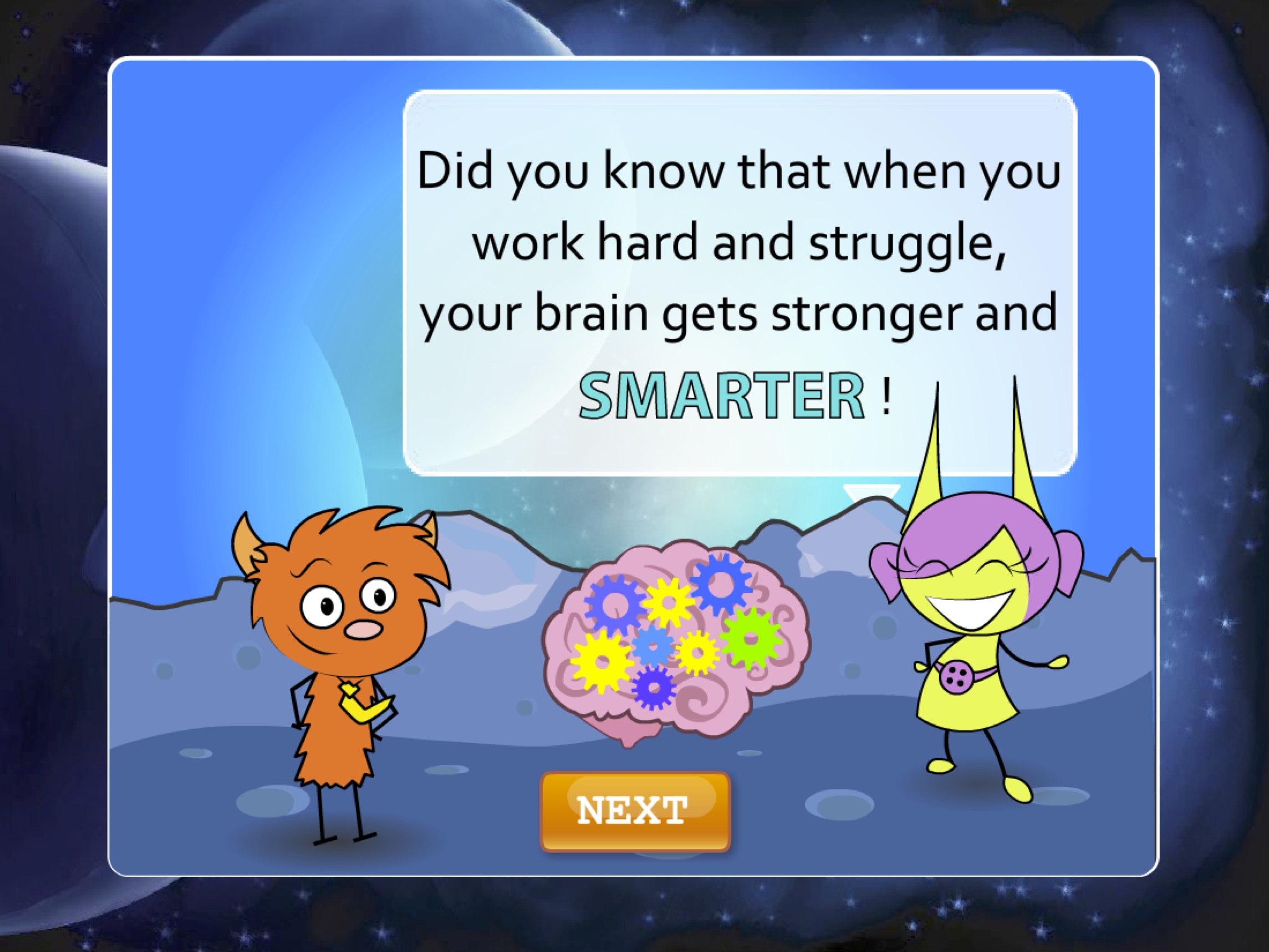 |
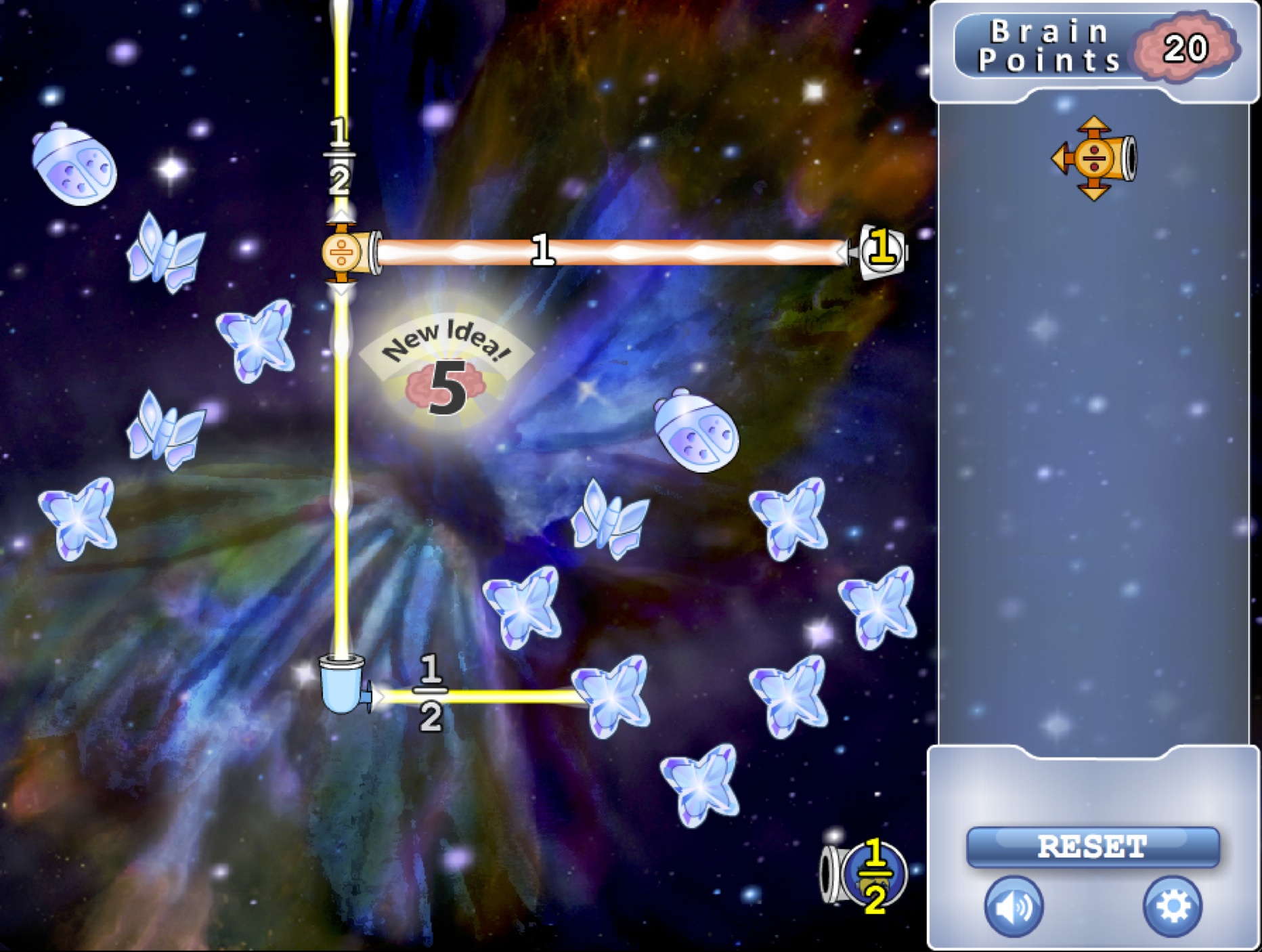 |
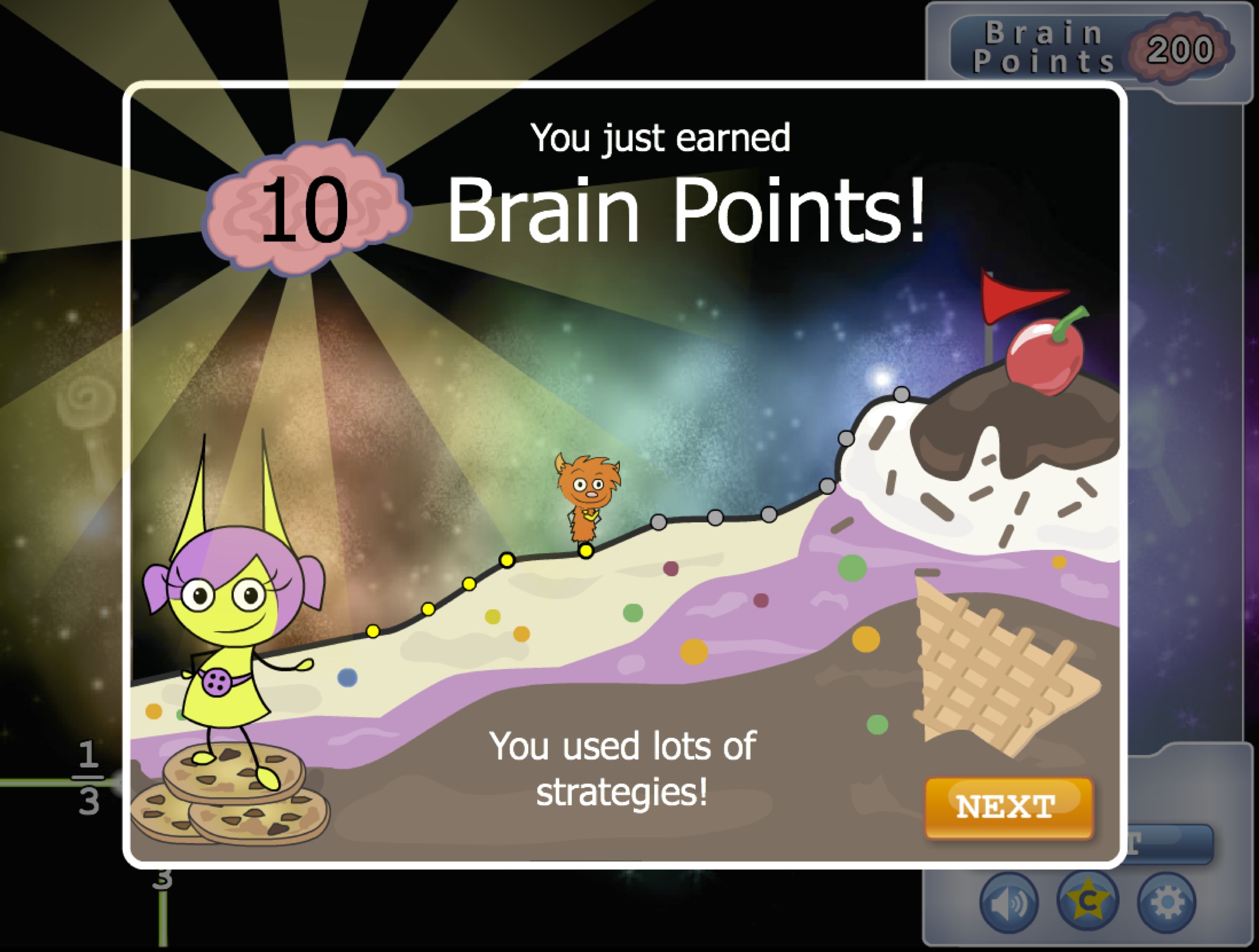 |
 |
Educational games have great potential to engage students. Incentive structures, the systems of rewards given to successful players, have elicited particular attention. However, most games reward players for their performance and speed, rather than their strategies and effort. Stanford psychologist Carol Dweck has shown that praising a student's inherent abilities can have negative effects in educational settings, while praising strategies and hard work has positive effects. I collaborated with Carol Dweck to explore whether this growth mindset praise could be integrated into a game. We designed a novel "brain points" incentive structure that uses real-time behavioral metrics to reward players for their effort, use of strategy, and incremental progress. To date, over 100,000 students have participated in online studies evaluating this growth mindset intervention, which have shown that brain points encourage students to persist longer and use more strategy.
Play Brain Points Refraction and read more in our CHI Paper and Learning @ Scale Work in Progress. To learn more about the growth mindset, see Carol Dweck's 2014 TED Talk, which mentions this joint work at 4:40.
Automated Generation of Instructional Scaffolding
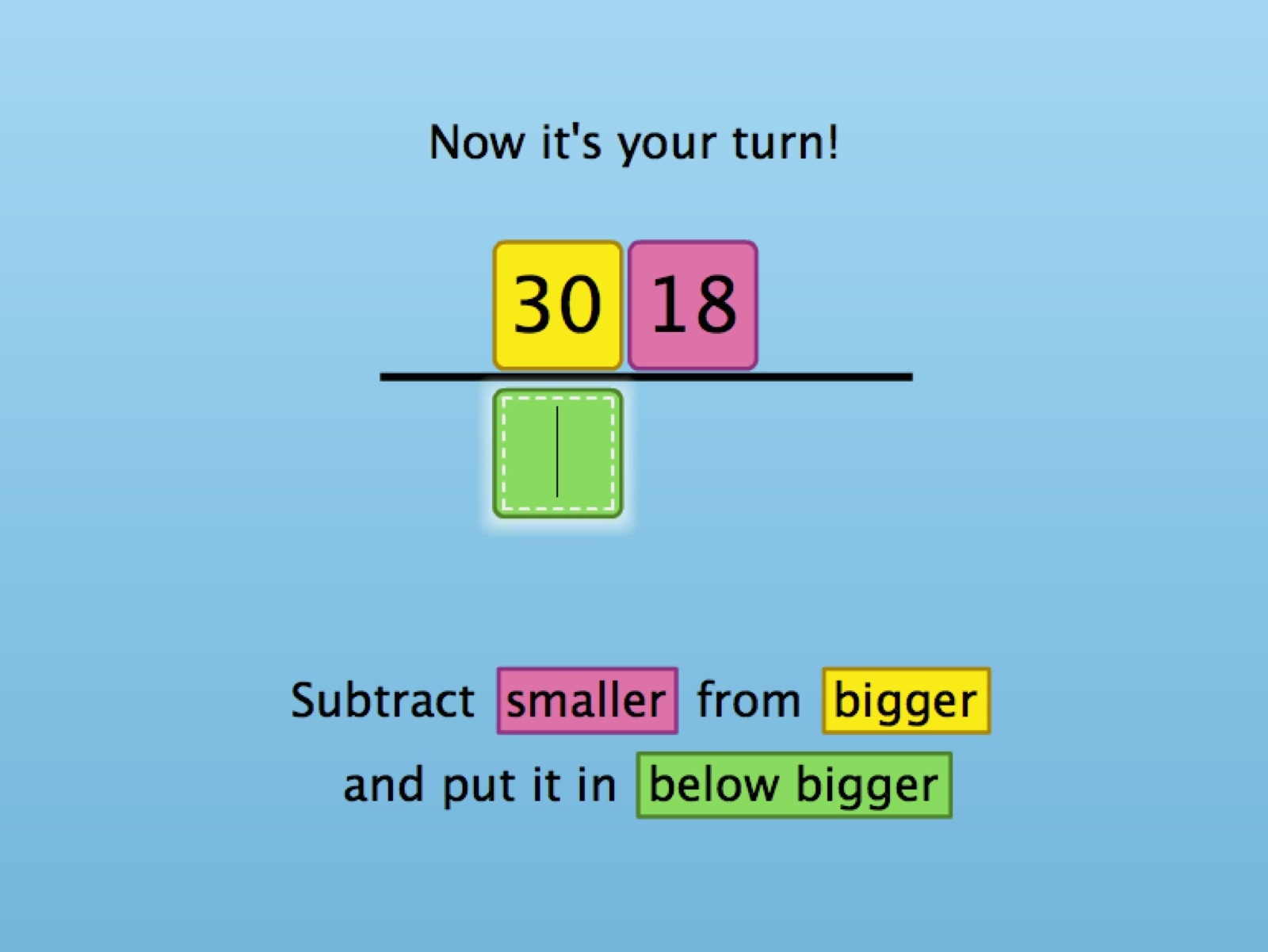 |
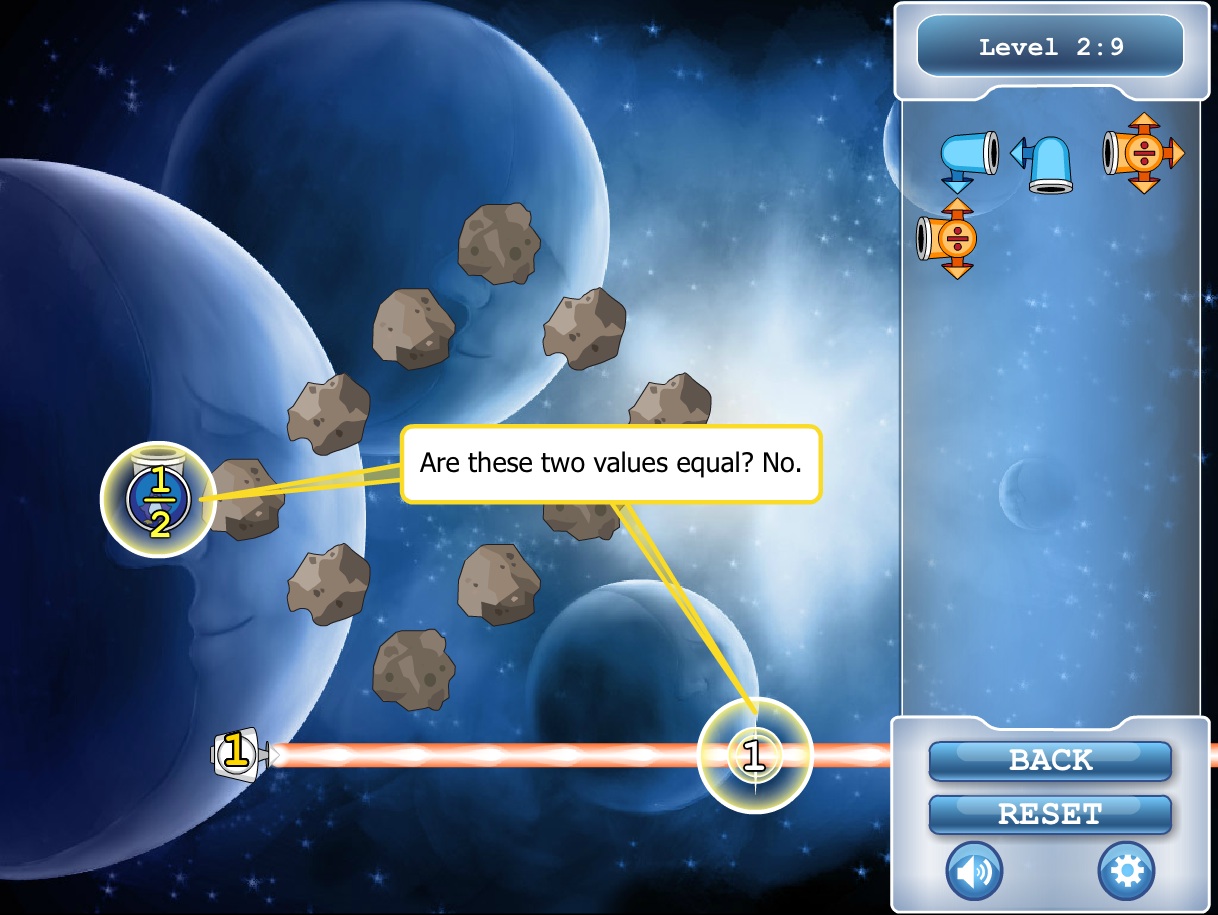 |
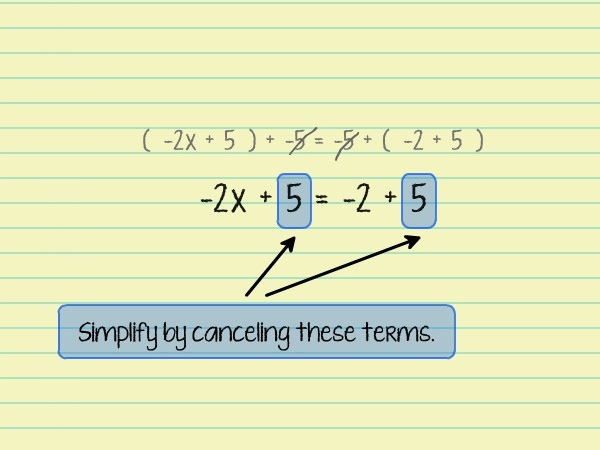 |
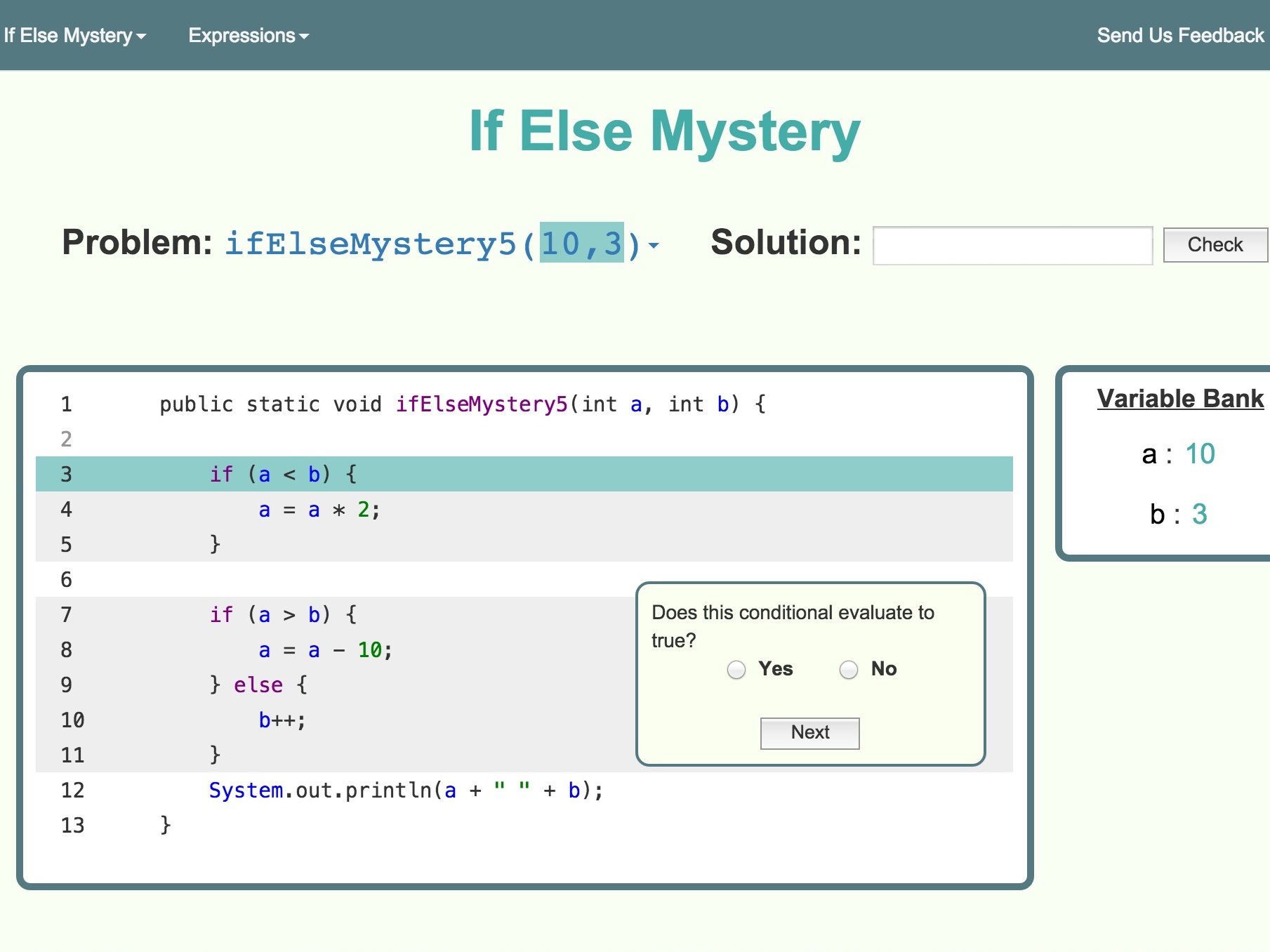 |
Not all students learn at the same pace; some may need ten times more practice than others to master a concept. Great teachers support multiple learning pathways by personalizing instruction. However, it is hard for teachers to adapt content in real-time, especially in large classes. In domains such as K-12 mathematics, educational technology could have a huge impact by providing large banks of example problems, along with step-by-step explanations and real-time feedback to scaffold students as they practice. Authoring this content by hand at the scale required to support all students is infeasible. To address this challenge, I have developed new methods for automatically generating problems and scaffolding in both procedural and open-ended domains.
For more information, take a look at our CHI Paper, Short Video, and Long Video on this work. I am also collaborating with UW instructor Stuart Reges and a team of RAs to develop scaffolding tools using this approach for our introductory programming courses. These tools are currently in use by over 300 students in CSE142.
Video Game Hints and Tutorials
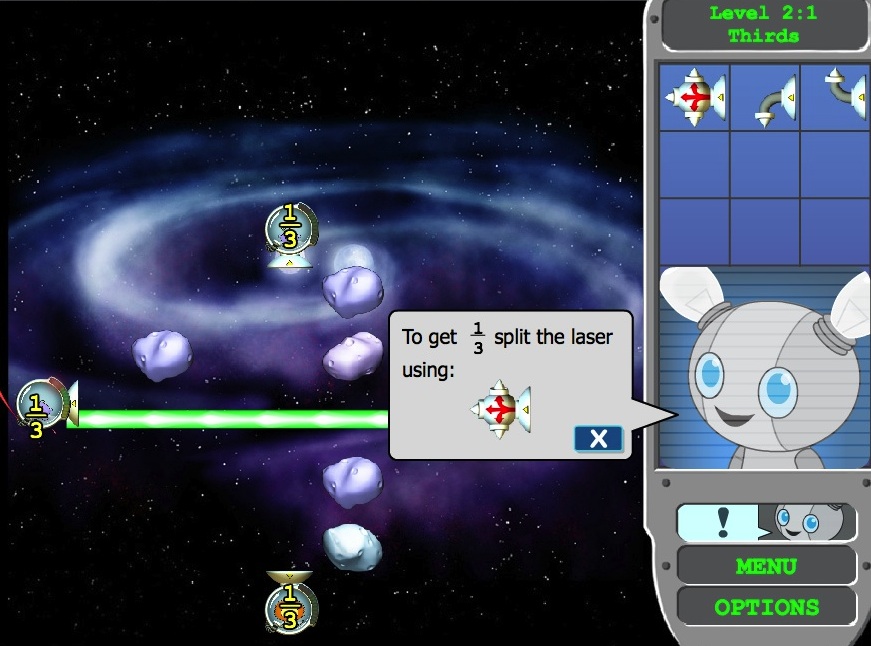 |
 |
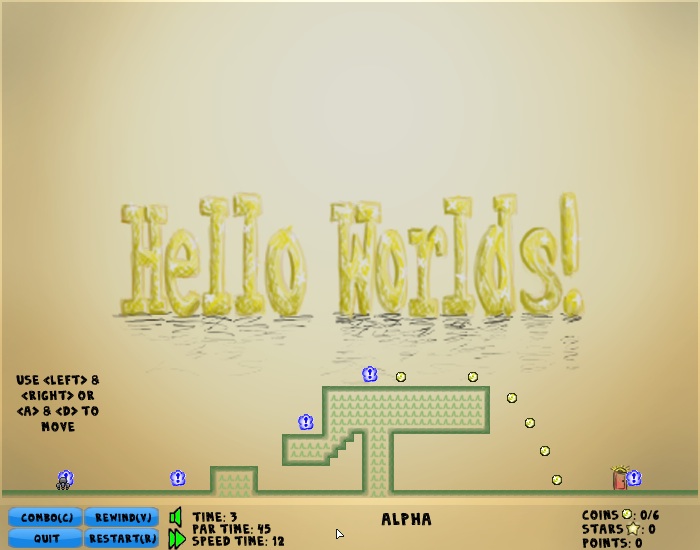 |
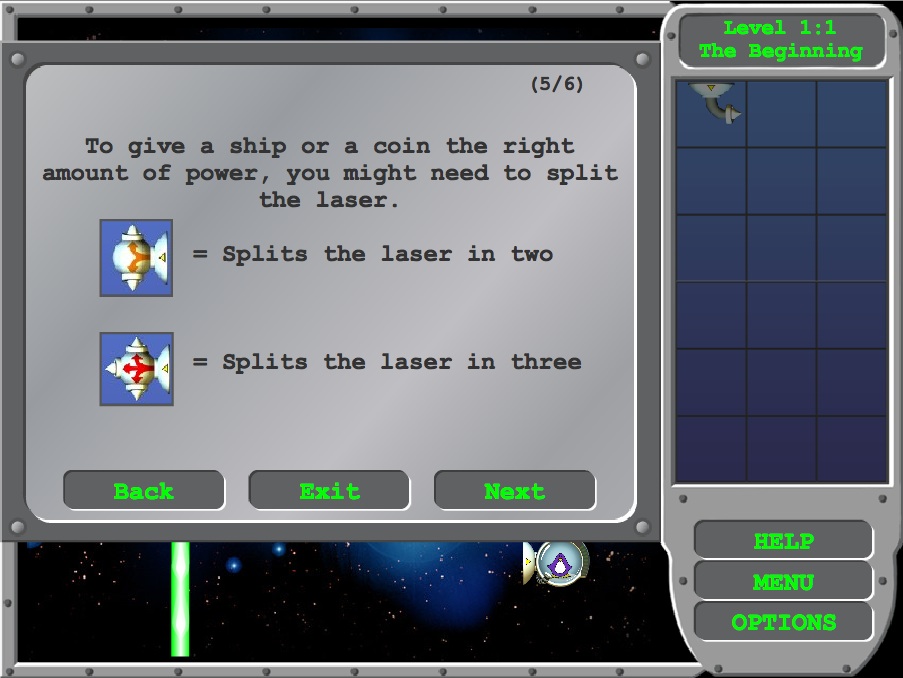 |
One of the key challenges of video game design is teaching new players how to play. Although game developers frequently use tutorials and hints to teach game mechanics, little is known about how these features affect game learnability and player engagement. My colleagues and I have conducted multiple large-scale online studies exploring the impact of different hint and tutorial designs on player behavior. In a comparison tutorial designs across three games, we found that tutorial utility is largely dependent on a game's complexity. We also explored hint designs that minimize the negative connotation of asking for help and encourage students to use help effectively, but we have found even these hints can have a negative impact on player engagement.
For more information, check out our CHI Paper on tutorials and our Learning @ Scale Paper on hints.